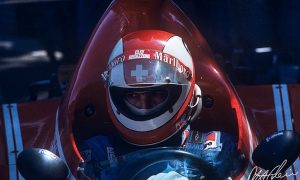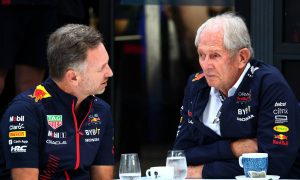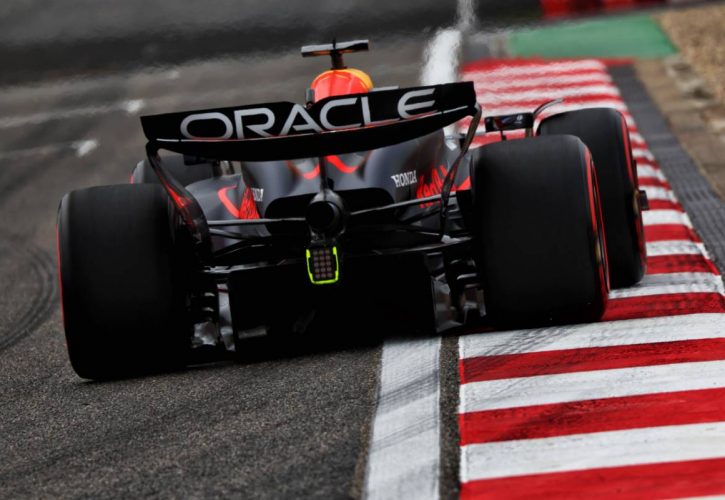
Red Bull admits it’s facing a steep learning curve with its in-house engine development, but the team is embracing the same “ballsy” approach to the project as it has in the past with its successful chassis design.
Red Bull is taking a bold step towards engine independence in Formula 1. Their newly formed Red Bull Powertrains division, partnering with Ford, will see them develop and manufacture their own next-generation power unit which will appear on the grid in 2026.
The move signifies a big significant shift for the Milton Keynes-based team. In its recent past, Red Bull has relied on Renault and Honda for its engine supply.
In 2026, they'll be entering an arena dominated by established manufacturers like Mercedes, Ferrari and Honda, with Audi also joining the fray upon the inception of the sport’s new engine regulations.
It’s a daunting task, and Red Bull team boss Christian Horner is under no illusions about the difficulties they face. The Briton readily acknowledge the vast experience advantage their rivals possess.
But points to Red Bull’s success in chassis development, highlighting their ability to achieve top-tier performance despite not having the longest pedigree. The F1 outfit is determined to apply that same "ballsy" philosophy to their engine program.
"We're on a steep learning curve where we've got 70 years of disadvantage to Ferrari, but we've got a great group of people,” commented Horner, quoted by Motorsport.com.
"We're applying the same philosophy as we have on the chassis to the engine. But it's a different challenge with the engine. So, there's no guarantees."
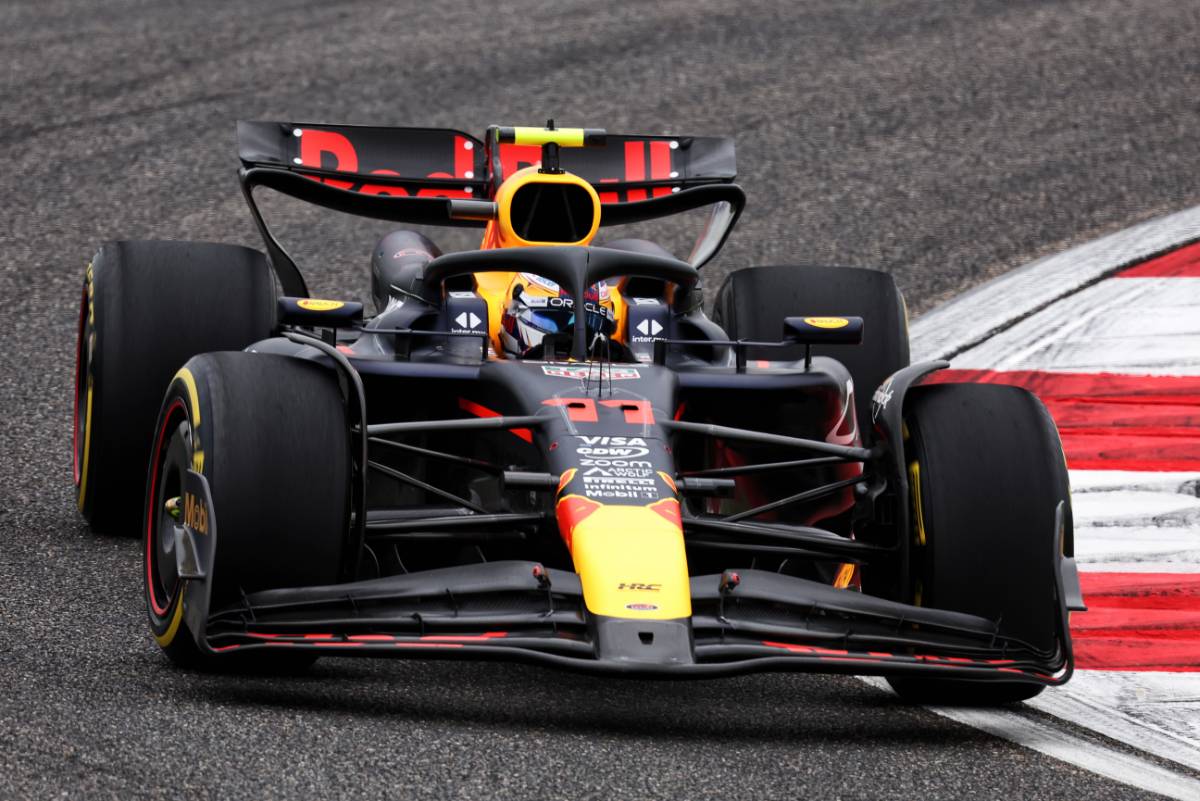
Horner steered clear of offering a prediction of where Red Bull’s power plant will end up in relation to its rivals, insisting there are both advantages and disadvantages to consider.
"There's no knowledge of where anybody else is with these new regulations," he explained. "It's a clean sheet of paper and we don't have the benefit of an existing engine to learn from. So, from a cost-cap perspective, that's a disadvantage.
"But then at the same time, we don't have a distraction of the current engine and the reliability fixes and so on, that are having to be dealt with there.
"I guess we're only really going to see in 2026. But we're meeting our targets at this point in time. And with just under two years to run, if I look at the progress we've made in the last two years from almost a standing start, it's been very impressive."
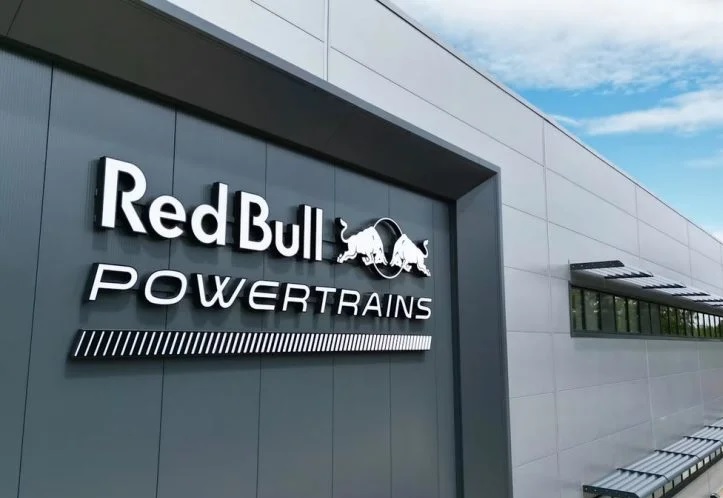
Many believe that a complete overhaul of both chassis and engine regulations for 2026 will significantly alter the competitive landscape.
While many teams might be apprehensive about this dual focus, Red Bull is approaching it with a different perspective and a strong dose of confidence.
“If I was going to back any team to get the chassis right, I think we've got a reasonable track record," Horner said.
"We've taken on a new project with the engine, but we've got some exceptional people and we've got an incredible facility.
"For sure. It's very bold what we've done and it's very brave and it's pretty ballsy, but Red Bull wouldn't have won 117 races and done what we've done without making bold decisions. And we believe that it will pay off."
Keep up to date with all the F1 news via Facebook and Twitter



